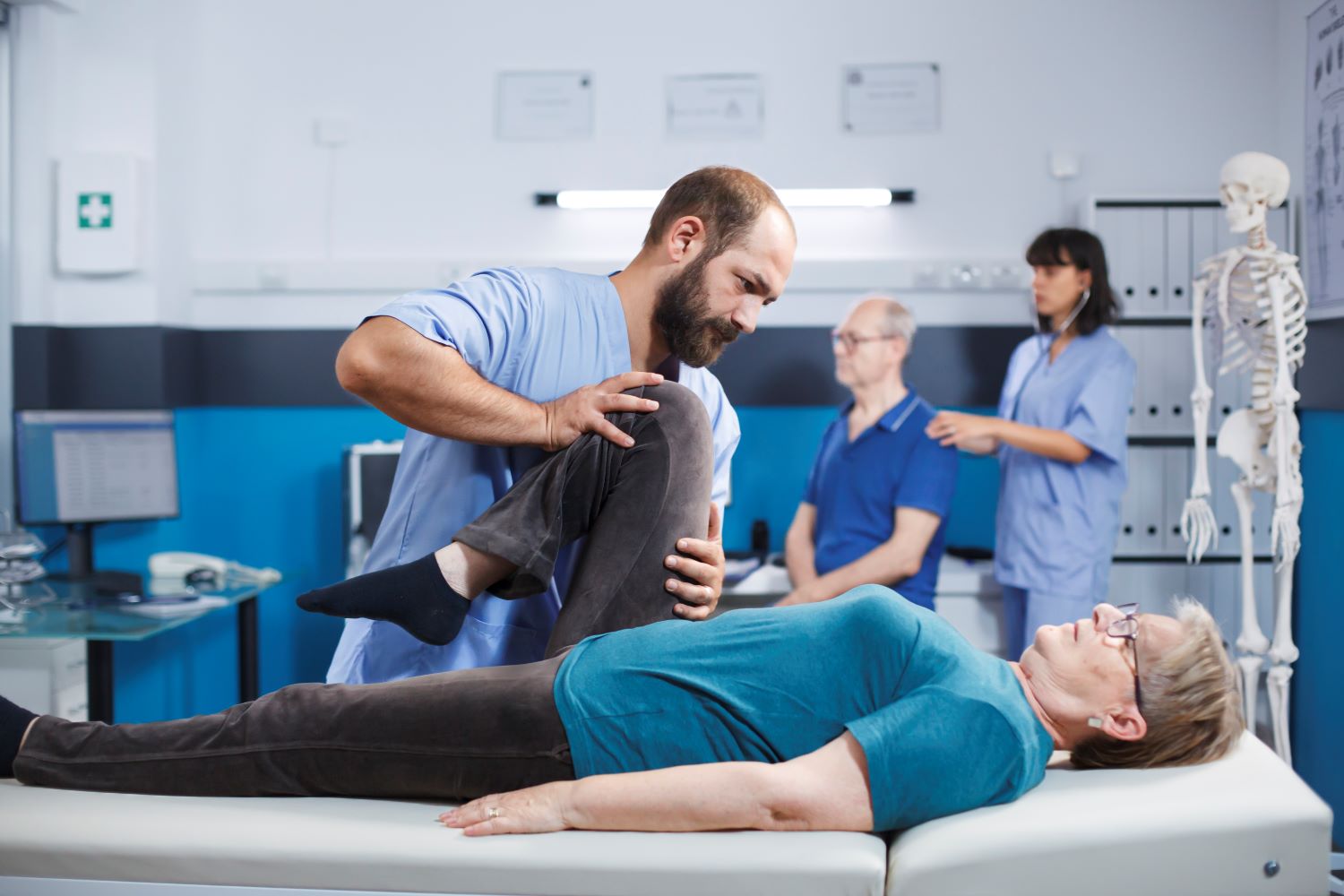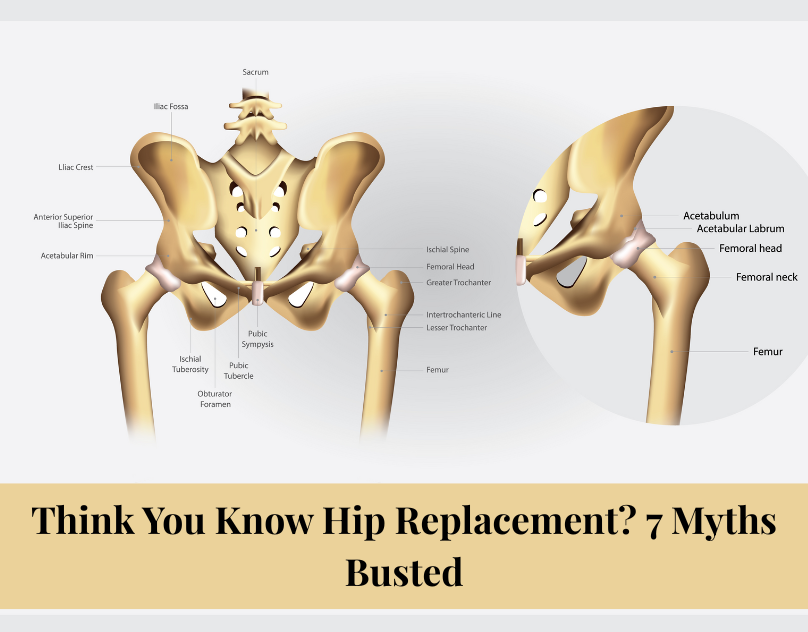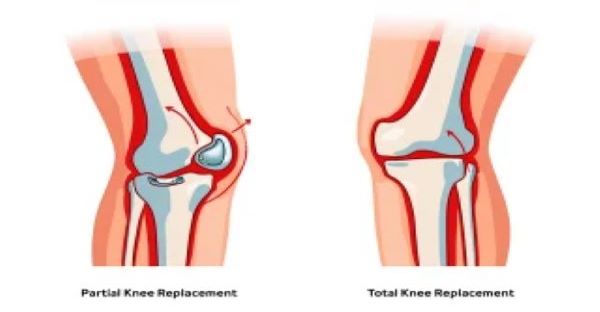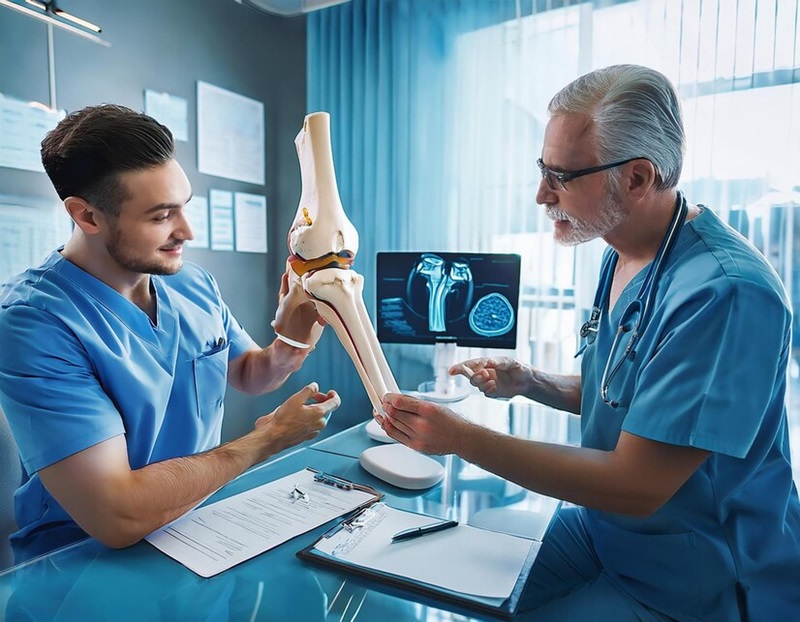It starts quietly. A child wakes up and says their knee hurts. Maybe the parent thinks it’s just a playground injury. A bruise, a fall, a bit of clumsiness. But days later, the limp remains. The swelling gets worse. Morning stiffness makes it hard to move. And then the realization—this isn’t just a simple ache.
Juvenile arthritis is often hidden in plain sight. Unlike common injuries, it lingers. It reshapes daily life. Many families initially confuse it with common orthopedic problems, which delays proper diagnosis. And still, it is one of the most misunderstood conditions in children.
The Early Signs That Parents Miss
One of the first things parents notice is stiffness in the morning. Kids find it hard to get out of bed, to walk properly. Sometimes, they refuse to play. They avoid running. The swelling might appear on knees, ankles, or wrists. Pain is real, but sometimes the child doesn’t even complain much. They just slow down.
Doctors say this is where the delay happens. Families assume “growing pains.” when in fact early orthopedic check-ups could detect the problem much sooner. But data tells a harsher story. According to the Arthritis Foundation, nearly 300,000 children in the U.S. alone are diagnosed with juvenile arthritis. Many cases go unnoticed for months, even years.
Pain Beyond Joints
It isn’t just about joints. Children may also have unexplained fevers. Skin rashes. Fatigue that doesn’t go away even after rest. In severe cases, eyes are affected—something called uveitis. Without treatment, it can even cause vision loss.
This is why regular checkups matter. Parents need to look beyond “my child is lazy” or “they don’t want to walk.” The truth may be much deeper.
The Role of Orthopedic Specialists
For some children, the damage to joints is irreversible. Mobility reduces, walking becomes painful. In extreme conditions, joint replacement might be discussed much later in life. Procedures like hip replacement surgery in Mumbai have advanced to restore movement for those whose joints are severely affected, though such measures are usually considered only in adulthood.
Meanwhile, pediatric cases need careful guidance. An orthopedic doctor in Thane or any trusted specialist often becomes the first lifeline. They assess whether it’s temporary inflammation or a chronic condition needing long-term management.
A Hidden Emotional Weight
Let’s not ignore the emotional side. Children with juvenile arthritis feel different. They avoid sports. Some get teased for limping. Others are frustrated because their bodies betray them. Parents too, carry guilt, thinking they didn’t act soon enough. The truth is—most people don’t expect arthritis in kids. That’s why the awareness gap is so damaging.
Why Awareness Matters
Globally, millions of children are living with undiagnosed or under-treated arthritis. The World Health Organization points out that childhood musculoskeletal conditions are under-researched, underfunded, and often overlooked. A condition this serious cannot remain hidden. Awareness saves time. just as understanding common orthopedic problems in children can prevent delays in treatment.
The Final Thoughts
Juvenile arthritis isn’t rare. It just looks invisible until it’s too late. The real challenge is recognition. Parents, teachers, doctors—all need sharper eyes to catch the signs early.
Treatment helps. Physical therapy, medication, and lifestyle support can change everything, much like the holistic advice shared in our recovery tips after orthopedic surgery guide. A diagnosis isn’t the end—it’s the beginning of giving children back their freedom to run, play, and live without constant pain.
FAQs
Q1. Can juvenile arthritis go away on its own?
Not usually. Some children may have symptoms that improve with age, but most require proper medical care to manage the disease.
Q2. Is juvenile arthritis the same as what older adults face?
No. While both affect joints, juvenile arthritis is an autoimmune disorder where the immune system attacks healthy tissues.
Q3. How is juvenile arthritis diagnosed?
Through physical exams, blood tests, and imaging like X-rays or MRI. There’s no single test that confirms it.
Q4. Can juvenile arthritis affect school life?
Yes. Pain, fatigue, and stiffness often interfere with studies, sports, and even friendships. Support at home and school is crucial.
Q5. Are surgeries like hip replacement needed for children with juvenile arthritis?
Not commonly in childhood. But in adulthood, if damage is severe, procedures like hip replacement surgery in Mumbai and similar advanced orthopedic treatments may be considered.










